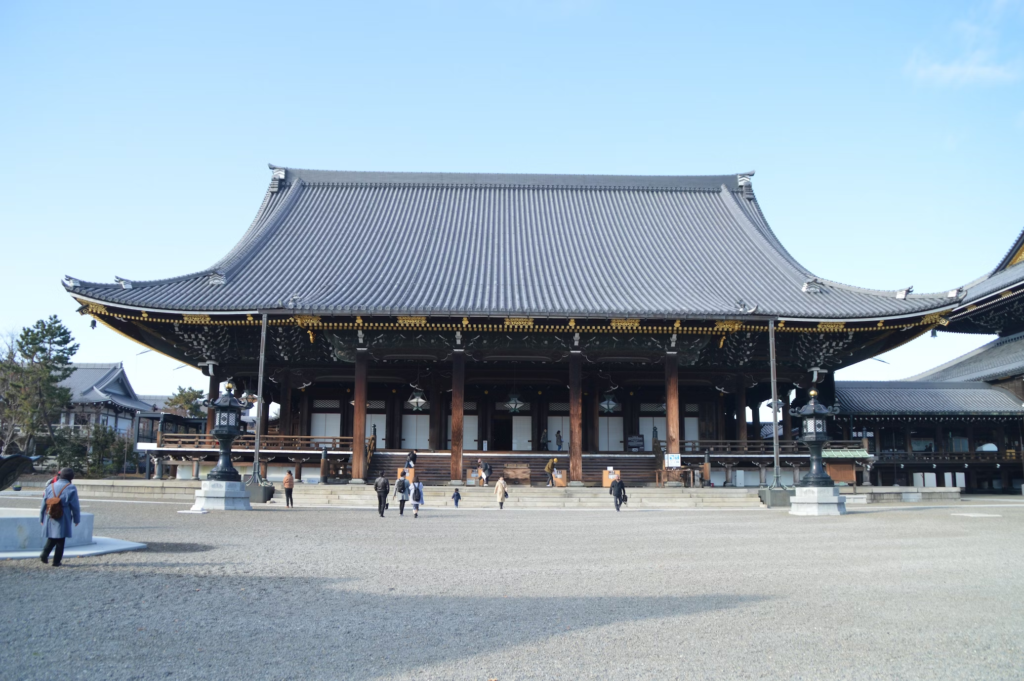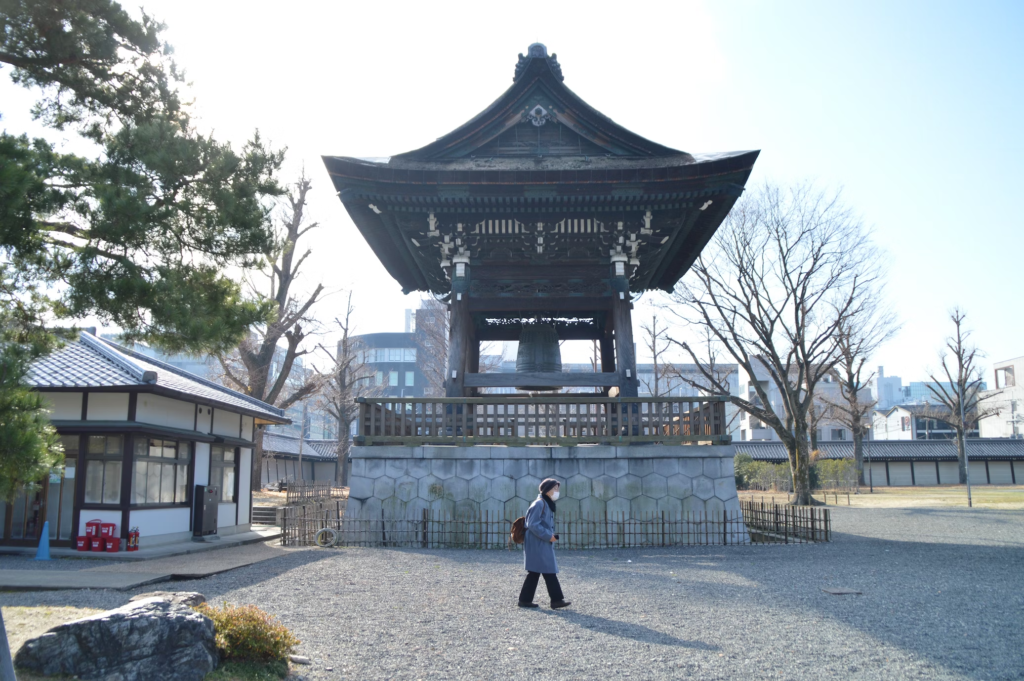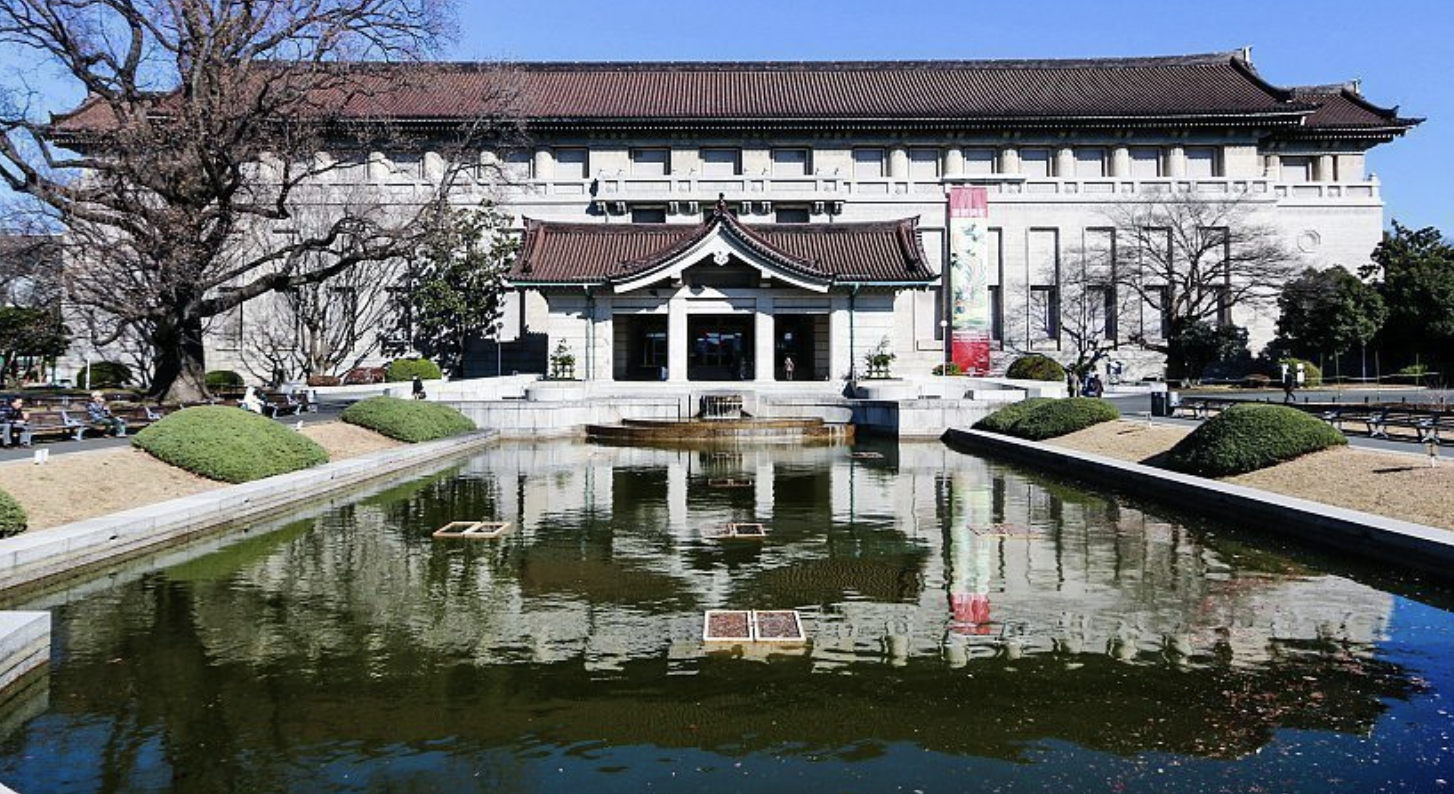Kyoto, the ancient capital of Japan, is home to many stunning temples and shrines that attract visitors from around the world. One of these is the Nishi Hongan-ji temple, a UNESCO World Heritage Site and one of the largest Buddhist temples in Kyoto. The temple complex covers an area of more than 26,000 square meters and includes several buildings of architectural and historical significance.
History of Nishi Hongan-ji
Nishi Hongan-ji was founded in 1602 by Toyotomi Hideyoshi, a powerful feudal lord who was also a patron of the arts and a lover of traditional Japanese culture. The temple was originally located in the heart of Kyoto, but was moved to its current location in the western part of the city in 1591, during the reign of Toyotomi’s successor, Tokugawa Ieyasu.
The temple played an important role in Japanese history, particularly during the Edo period (1603-1868), when it was the headquarters of the Jodo Shinshu (True Pure Land) sect of Buddhism, one of the largest and most influential Buddhist sects in Japan. The temple was also the site of several significant events, including the signing of the Treaty of Kanagawa, which opened Japan to foreign trade and ended centuries of isolationism.

Architecture and Features
Nishi Hongan-ji is renowned for its stunning architecture, which includes several buildings of historical and cultural significance. The most notable of these is the Goeido, the main hall of the temple, which was built in 1636 and is the largest wooden structure in Kyoto. The hall features a stunning ceiling decorated with intricate carvings and paintings, as well as a beautiful altar and a collection of priceless Buddhist statues.
Another highlight of the temple complex is the Shoin, a historic building that was originally used as a lecture hall and now serves as a museum showcasing the temple’s history and treasures. The Shoin features a beautiful garden and several rooms decorated with traditional Japanese art and furniture.
Visiting Nishi Hongan-ji
Nishi Hongan-ji is open to visitors daily from 5:30am to 5:30pm, with the exception of certain holidays and special events. Admission is free, although donations are accepted.
Visitors can explore the temple complex on their own or take a guided tour, which is available in several languages. Guided tours are led by knowledgeable and friendly staff members who can provide insight into the history and significance of the temple.
In addition to the main hall and museum, the temple complex also features several other buildings of interest, including the Amidado, a hall dedicated to the Buddha of Infinite Light, and the Karamon, a beautiful gate that serves as the entrance to the temple.

Nishi Hongan-ji is a must-visit destination for anyone interested in Japanese history and culture. The temple’s stunning architecture, beautiful gardens, and rich history make it a fascinating and educational destination that is sure to leave a lasting impression. Whether you’re a first-time visitor to Kyoto or a seasoned traveler, a visit to Nishi Hongan-ji is an experience you won’t want to miss.



コメント